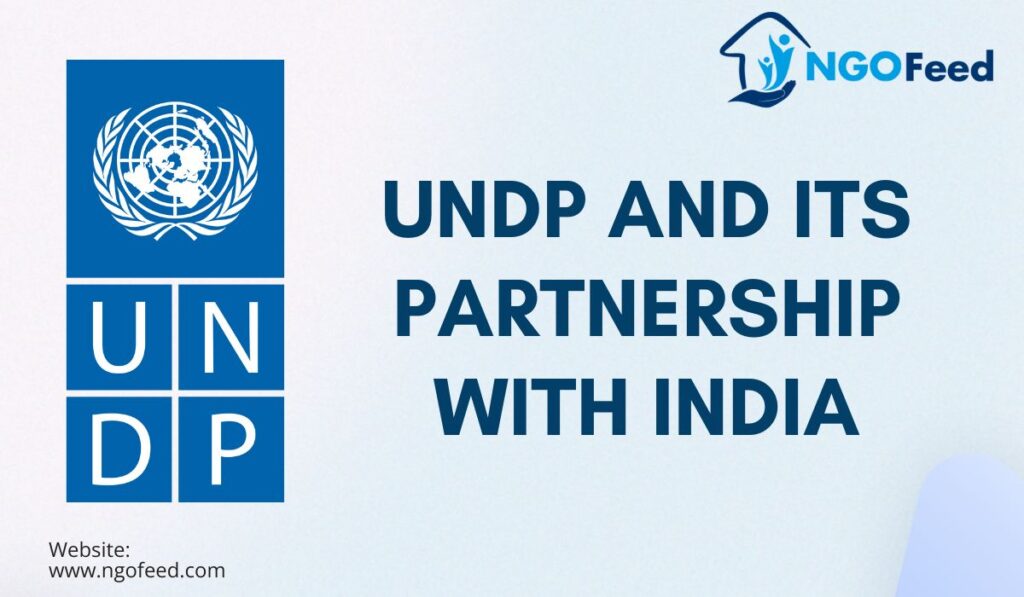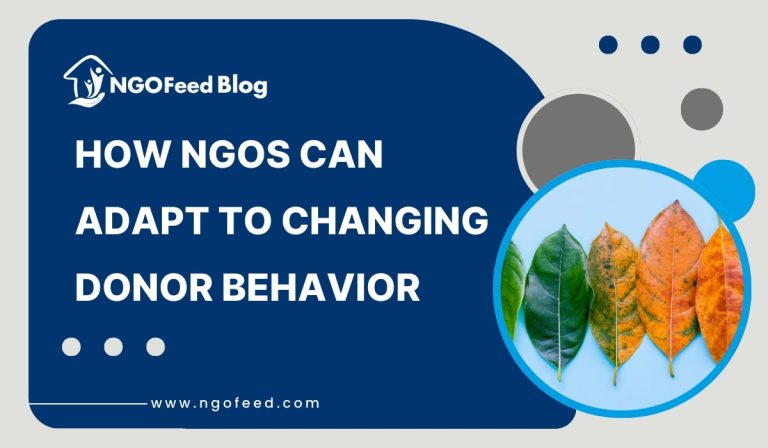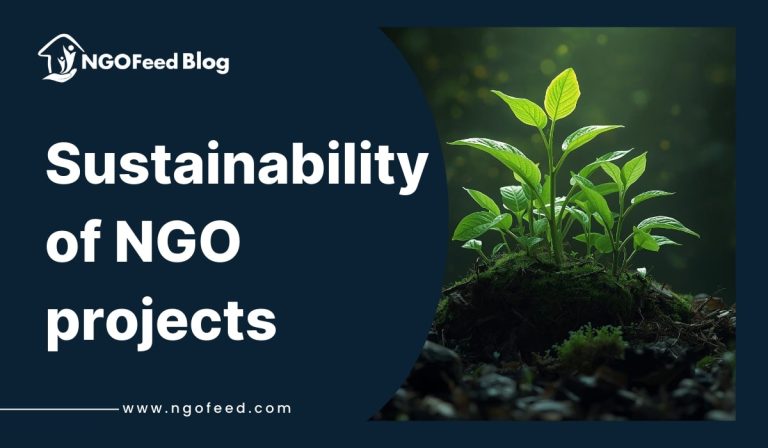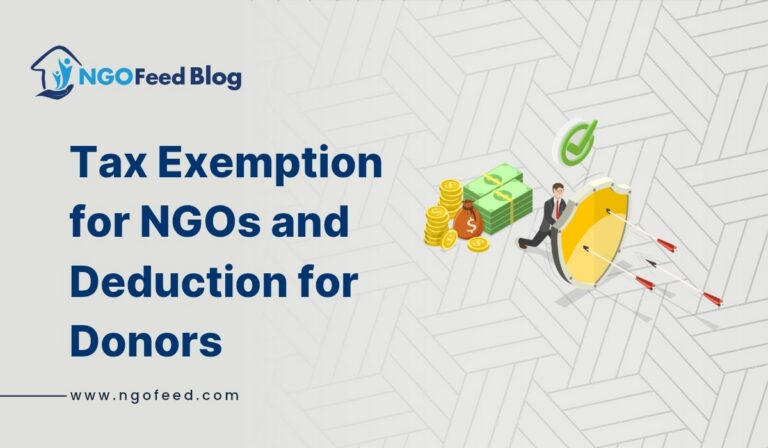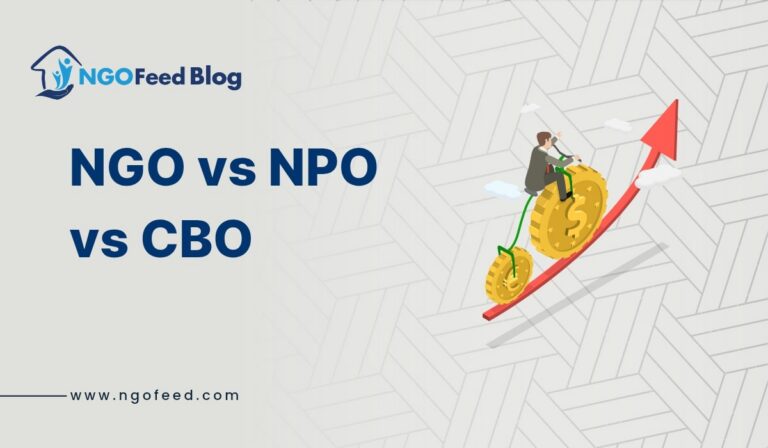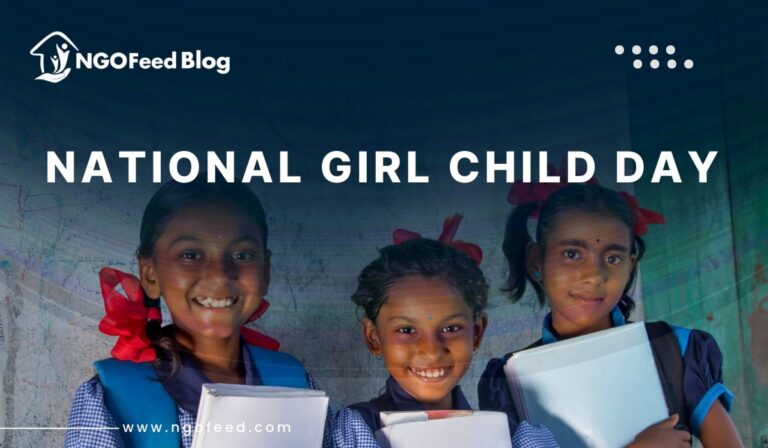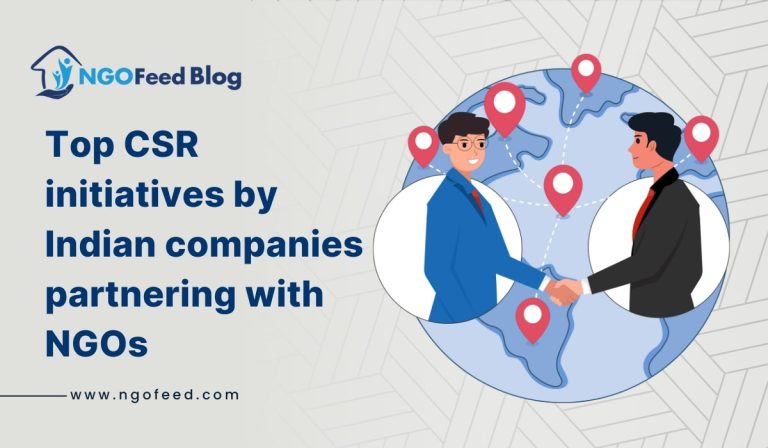UNDP and Its Partnership with India: The United Nations Development Programme (UNDP) is a global development agency established in 1965 as part of the United Nations system. Headquartered in New York City, UNDP operates in nearly 170 countries and territories worldwide, making it one of the most comprehensive and influential development organizations globally. Its mission is to eradicate poverty, reduce inequalities, and build resilience to crises and shocks, with a strong emphasis on promoting democratic governance, gender equality, environmental sustainability, and climate action. The organization plays a crucial role in supporting countries to develop policies, leadership skills, partnerships, and institutional capabilities to implement the 2030 Agenda for Sustainable Development and its 17 Sustainable Development Goals (SDGs).
UNDP is governed by an Executive Board composed of representatives from 36 member states, which provides oversight and direction for its work. The organization collaborates with a wide range of partners, including governments, civil society organizations, the private sector, and other UN agencies, to design and implement development programs tailored to the specific needs of each country.
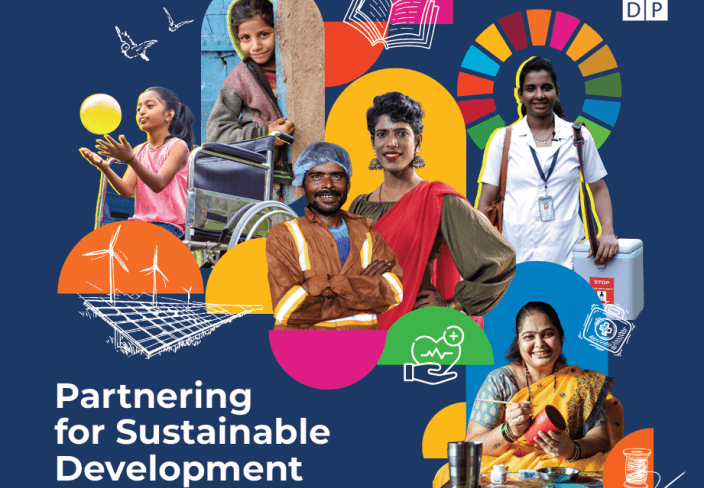
Table of Contents
Dynamic Evolving Partnership Between UNDP and India
Early Collaboration: Post Independence
- UNDP and its partnership with India dates back to the early years following India’s independence in 1947. India, then a young nation navigating its development path, saw the need for international cooperation to address its socio-economic challenges. In 1951, the United Nations initiated its first technical assistance program in India, which laid the groundwork for the collaboration between India and the UNDP, established in 1965.
- In the early stages of collaboration, the primary focus was on industrialization, infrastructure development, and institution building, aligning with India’s national priorities at the time. UNDP provided technical expertise and financial support for key sectors such as agriculture, energy, health, andeducation, helping India enhance its administrative and planning capacities.
Broadening The Scope: 1970s and 1980s
- As India’s economy expanded, so did the scope of UNDP’s involvement. During the 1970s and 1980s, the partnership extended beyond industrialization to address emerging development challenges like poverty reduction, food security, and rural development. Programs such as the Green Revolution in the 1960s and 70s, supported by international assistance, including from UNDP, helped India achieve significant advancements in agricultural productivity and self-sufficiency in food production.
- During this period, the focus shifted towards human development, aligning with the global UNDP mandate of poverty eradication. The partnership aimed to balance economic growth with improving living conditions for the most marginalized communities in India.
Reform and Sustainable Development
- The 1990s marked a pivotal shift in India’s development trajectory, with the country embarking on economic liberalization and market reforms. This transition altered the nature of the UNDP-India partnership, as both parties focused on managing the impacts of these reforms, especially concerning poverty alleviation and sustainable development.
- UNDP began placing greater emphasis on governance reforms and the creation of an enabling environment for development. Programs during this period sought to enhance institutional capacities, democratic governance, and the decentralization of power to empower local communities. UNDP also supported India’s efforts to address rising concerns related to gender inequality, healthcare access, and education, ensuring that growth was inclusive.
SDGs And Inclusive Growth: 2000s and Beyond
- In the 2000s, the partnership betweenUNDP and Its Partnership with India entered a new phase, shaped by the Millennium Development Goals (MDGs) and later, the Sustainable Development Goals (SDGs). The focus expanded to address modern challenges like climate change, environmental sustainability, disaster risk reduction, and urbanization, as India’s development needs became more complex.
- During this time, UNDP and India worked closely on poverty reduction programs, livelihood development, and promoting renewable energy. UNDP also supported the Indian government’s flagship programs, such as the Mahatma Gandhi National Rural Employment Guarantee Scheme (MGNREGS), aimed at enhancing rural employment and social protection.
- UNDP’s role in India’s SDG journey became even more pronounced after 2015. As India committed to achieving the SDGs by 2030, UNDP provided technical expertise, policy advice, and capacity-building efforts, working across sectors such as clean energy, healthcare, gender equality, and governance reform. The partnership became more strategic and collaborative, with both parties aligning their efforts to accelerate progress towards India’s development goals.
Evolution Into A Strategic Partnership
- In recent years, the UNDP-India partnership has evolved into a more strategic and diversified collaboration, reflecting India’s status as an emerging global power and a leader in south-south cooperation. India has moved from being a recipient of aid to a global development partner. As a result, the relationship now includes efforts to share India’s successful development experiences with other developing countries.
- UNDP and Its Partnership with India are now focused on:
- Achieving the SDGs: UNDP helps India in localizing and integrating the SDGs into national and state-level policies, ensuring that progress is sustainable and inclusive.
- Climate Action: With India’s increasing commitment to climate goals, the partnership emphasizes renewable energy, sustainable agriculture, and biodiversity conservation, with a special focus on vulnerable communities.
- Digital Inclusion and Innovation: Recognizing the potential of technology in development, the partnership supports digital governance, e-governance platforms, and innovation to improve service delivery.
- Through the years, the collaboration has transformed from basic development support into a more sophisticated partnership that addresses the complex social, economic, and environmental challenges India faces today.
Foundational Areas of Collaboration Between UNDP and India
UNDP and its partnership with India spans several key areas, addressing various developmental challenges. This partnership is geared toward achieving sustainable and inclusive growth, aligned with both India’s national priorities and the global Sustainable Development Goals (SDGs). The following are the primary areas of collaboration between UNDP and India:
Poverty Alleviation and Livelihood Development
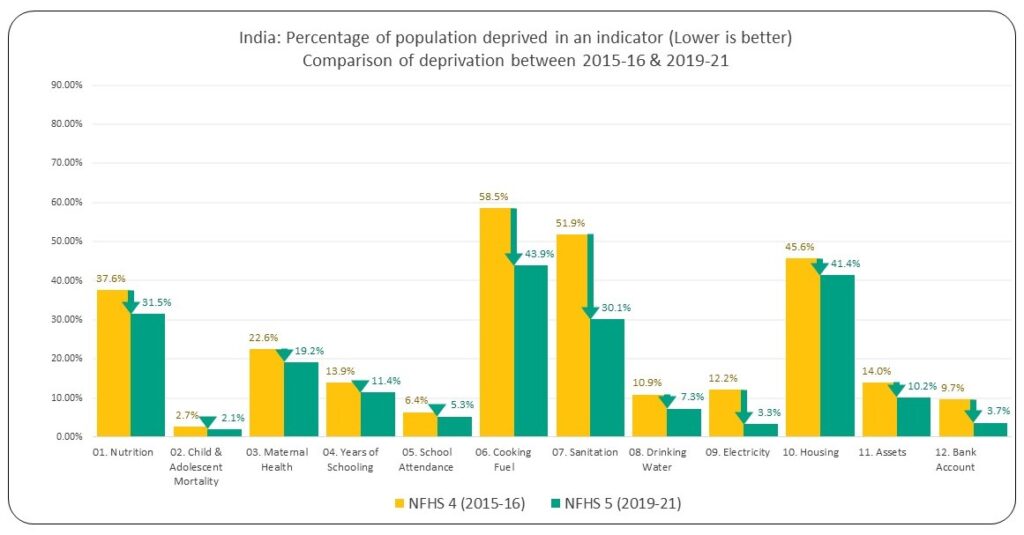
- Eradicating Poverty: UNDP works closely with the Indian government to reduce poverty and enhance the quality of life for marginalized communities. This collaboration focuses on improving livelihoods, generating employment, and enhancing social protection schemes. For example, UNDP has supported initiatives such as the Mahatma Gandhi National Rural Employment Guarantee Scheme (MGNREGS), aimed at employing in rural areas.
- Skill Development: Programs like the Disha Project, co-funded by UNDP and the IKEA Foundation, focus on providing skill development and employment opportunities to women and young people, helping them access better livelihoods and entrepreneurship opportunities.
Sustainable Development and Climate Action
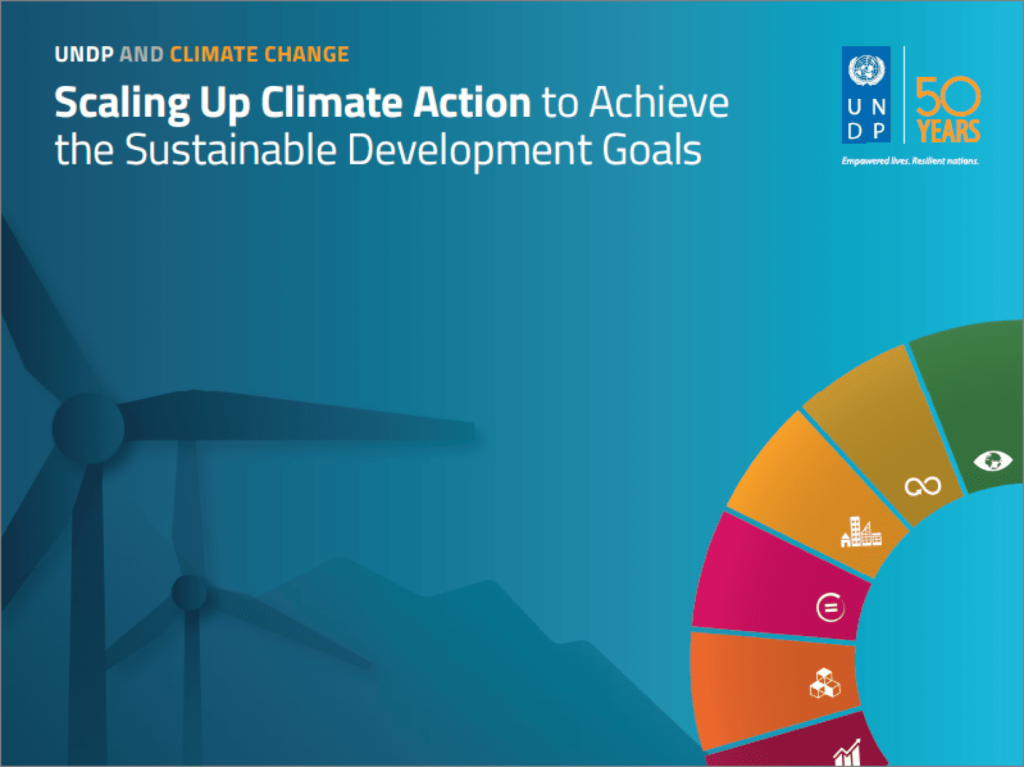
- Environmental Sustainability: UNDP supports India’s efforts to address climate change and promote environmental sustainability. This collaboration includes efforts to promote renewable energy, biodiversity conservation, sustainable land use, and climate adaptation.
- Climate Resilience: UNDP has been pivotal in supporting India’s transition to a greener economy through initiatives like Green Climate Fund (GCF) projects and programs aimed at building climate-resilient infrastructure and improving the capacities of vulnerable communities to deal with the impacts of climate change.
- Energy Access: One key area of collaboration is increasing access to clean and affordable energy. UNDP supports initiatives in renewable energy, including solar power, to help India achieve its climate goals and provide sustainable energy solutions to underserved regions.
Gender Equality and Women Empowerment
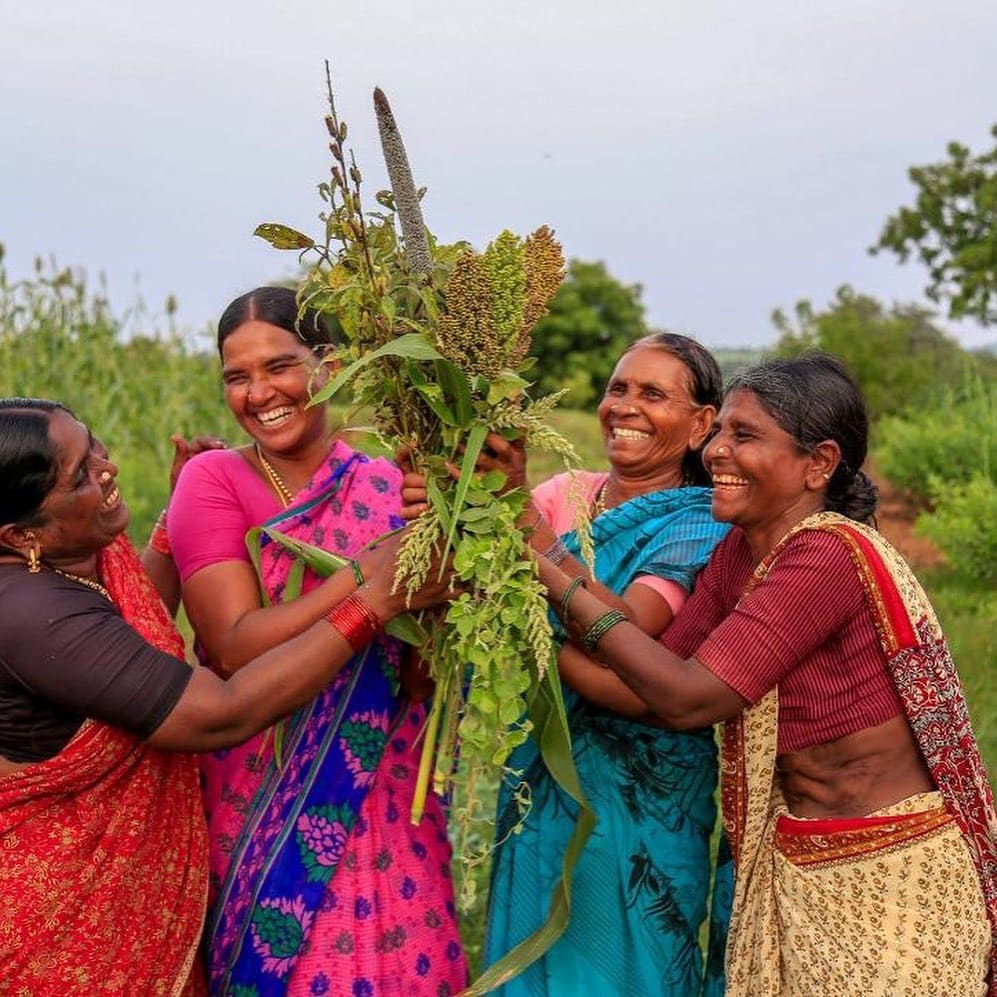
- Promoting Gender Equality: UNDP has a strong focus on gender equality, working to empower women across sectors, from improving access to education and healthcare to promoting women’s participation in the economy and political decision-making processes.
- Combating Gender-Based Violence: Through partnerships with government bodies and civil society, UNDP works to combat gender-based violence by supporting legislative reforms, community awareness campaigns, and improving services for survivors.
- Economic Empowerment of Women: UNDP supports initiatives like women’s entrepreneurship programs and women’s inclusion in non-traditional sectors, with the aim of closing the gender gap in employment and wages. Programs like The Disha Project focus on building skills and creating jobs for women.
Governance and Institutional Strengthening
- Democratic Governance: UNDP has long supported efforts to strengthen democratic governance in India, enhancing the capacity of local governments and ensuring inclusive political participation. The partnership focuses on strengthening institutions, promoting transparency, and fostering inclusive decision-making processes.
- Decentralization and Local Governance: UNDP has worked to support decentralized governance, empowering local governments and institutions to deliver services efficiently and inclusively, particularly in rural and marginalized communities.
- Digital Governance: Another key focus area is digital governance, where UNDP helps India enhance its e-governance capabilities, improve service delivery, and increase transparency and accountability through digital innovations.
Health and Social Protection
- Access to Healthcare: UNDP partners with India to improve healthcare access, particularly for vulnerable populations. During the COVID-19 pandemic, UNDP played a critical role in assisting with health infrastructure and strengthening vaccination campaigns in remote areas.
- Social Protection Programs: UNDP has been involved in helping the Indian government design and implement social protection systems to support marginalized groups, including older persons, people with disabilities, and those living in extreme poverty. These programs are crucial in ensuring that no one is left behind in the development process.
Flagship Initiatives and Programs of UNDP In India
The United Nations Development Programme (UNDP) has partnered with India on several flagship initiatives and programs that address key development challenges across the country. These programs aim to foster inclusive growth, improve livelihoods, address climate change, promote gender equality, and support governance reforms. Below is an elaboration of some of the most impactful flagship initiatives that UNDP has implemented in India:
Disha Project: Empowering Women through Livelihoods
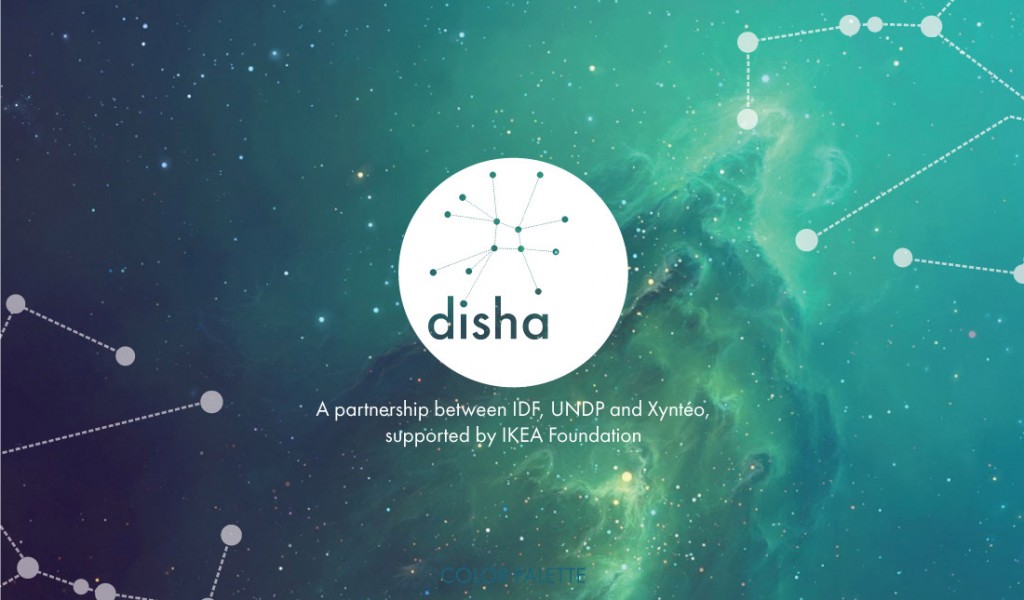
- Launched in partnership with the IKEA Foundation, the Disha Project aims to economically empower one million women in India by 2025. The project focuses on creating livelihood opportunities for women by providing them with skill development, vocational training, and entrepreneurship support.
- Key focus areas of the project:
- Skill Development: The project provides women, particularly from rural areas, with training in marketable skills such as tailoring, agriculture, food processing, and handicrafts.
- Entrepreneurship and Employment: Disha helps women start small enterprises and also connects them with local employment opportunities.
- Partnerships: Collaborating with industries, local governments, and NGOs, Disha has helped empower women across states such as Maharashtra, Rajasthan, Karnataka, and Delhi NCR.
- Impact: The project has increased women’s financial independence, contributing to household income stability and reducing poverty.
Mahatma Gandhi National Rural Employment Guarantee Scheme (MGNREGS)
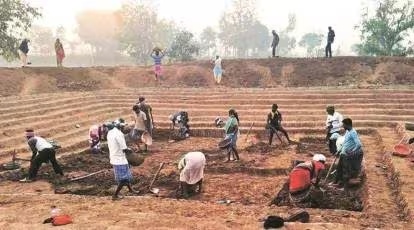
- UNDP supports the Indian government’s MGNREGS, a flagship program aimed at providing guaranteed wage employment to rural households. The program ensures that at least one adult member of every rural household receives 100 days of paid work annually, focusing on infrastructure development and community asset creation in rural areas.
- UNDP’s Role in the MGNREGS
- Policy Support: UNDP provides technical assistance and capacity building to enhance the effectiveness of the scheme.
- Data Management and Monitoring: UNDP supports the digitalization of the MGNREGS to ensure transparency and accountability in wage payments and project monitoring.
- Impact: MGNREGS has played a crucial role in providing income security for rural populations, reducing poverty and supporting rural infrastructure development.
Green Climate Fund (GCF) Projects: Building Climate Resilience
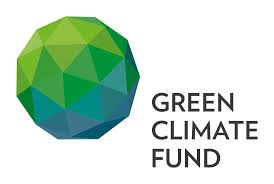
- India, with support from UNDP and the Green Climate Fund (GCF), has initiated multiple projects aimed at building climate resilience and promoting sustainable development. These projects help vulnerable communities adapt to the impacts of climate change while focusing on sustainable resource management.
- Key Initiatives of the project are;
- Renewable Energy: Projects promote the use of solar and wind energy to reduce India’s carbon footprint.
- Climate-Resilient Agriculture: Programs that help farmers adopt sustainable agricultural practices to cope with changing climate patterns.
- Disaster Risk Reduction: Projects are focused on building climate-resilient infrastructure in disaster-prone areas to minimize the damage caused by extreme weather events.
- Impact: These initiatives contribute to India’s climate action goals by promoting renewable energy, improving water management, and enhancing disaster preparedness in vulnerable areas.
UNDP-India COVID-19 Response Program
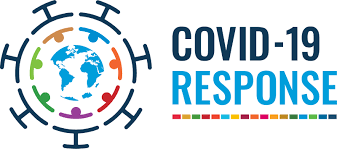
- During the COVID-19 pandemic, UNDP launched a series of initiatives aimed at supporting India’s health system and providing relief to vulnerable communities.
- Key support areas:
- Health System Strengthening: UNDP assisted the government with health infrastructure enhancements, including the provision of PPE kits, ventilators, and digital platforms for contact tracing and telemedicine.
- Vaccine Rollout Support: UNDP supported vaccine delivery in hard-to-reach areas and helped with the logistics of cold-chain systems.
- Social Protection Measures: The program focused on extending social protection to informal workers, daily wage earners, and other vulnerable populations who were severely impacted by the lockdowns.
- Impact: The COVID-19 response program played a critical role in saving lives, protecting livelihoods, and ensuring that marginalized communities received essential services during the pandemic.
Project UNNATI: Skill Development for Youth
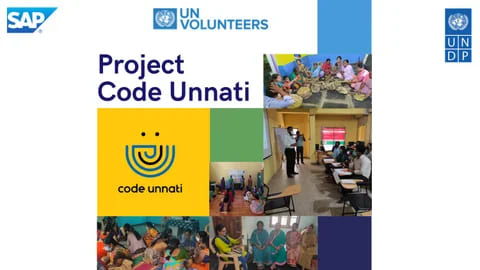
- Project UNNATI focuses on enhancing the employability of young people, particularly those from disadvantaged backgrounds. The project is implemented in collaboration with government agencies and private sector partners.
- Key components of the project
- Vocational Training: Project UNNATI offers a range of skill development programs in sectors such as IT, construction, and retail, providing youth with the skills needed to enter the job market.
- Entrepreneurship Development: In addition to vocational skills, the project encourages entrepreneurship by offering training and mentorship to young people who want to start their own businesses.
- Impact: The project has successfully trained thousands of young people, improving their employment prospects and helping them contribute to economic growth.
Urban Infrastructure and Smart Cities Initiative

- UNDP supports India’s Smart Cities Mission, which aims to promote sustainable and inclusive urban development through innovative technologies and efficient public service delivery.
- Key elements of the initiative
- Urban Planning: UNDP provides technical assistance to improve urban infrastructure, including water supply, sanitation, and transportation in smart cities.
- Sustainable Cities: The initiative promotes the development of green spaces, waste management systems, and clean energy solutions in urban areas.
- Impact: The Smart Cities Initiative has contributed to the development of sustainable urban centers, improving the quality of life for millions of urban residents.
Development Roadblocks: Challenges in UNDP’s Engagement with India
The UNDP-India partnership, while impactful and significant, faces several challenges that need to be addressed to ensure the continued effectiveness and success of their collaborative efforts. Here is an in-depth look at these challenges:
Economic Inequality and Social Exclusion
- Despite India’s rapid economic growth, economic inequality remains a persistent issue. Significant disparities exist between different regions, social groups, and urban versus rural areas. Marginalized communities, including women, tribal groups, and low-income populations, often face systemic barriers that hinder their access to opportunities and services. This economic divide exacerbates social exclusion and limits the effectiveness of development programs.
- Economic inequality complicates efforts to design and implement inclusive programs. Ensuring that development initiatives benefit all segments of the population requires targeted interventions and additional resources to address these disparities. UNDP must navigate these complexities to tailor its support effectively and ensure that its initiatives reach those who need them most.
Climate Change and Environmental Sustainability
- India faces severe climate change impacts, including more frequent and intense weather events such as floods, droughts, and heatwaves. Environmental challenges such as air and water pollution, deforestation, and soil degradation also pose significant obstacles. These issues are exacerbated by rapid urbanization and industrialization.
- Addressing these environmental challenges requires significant investment and coordination across multiple sectors. UNDP’s initiatives must integrate climate resilience and sustainability into their strategies. This involves complex planning and collaboration with various stakeholders, which can be challenging given the scale and urgency of the environmental issues.
Urbanization and Sustainable Infrastructure
- India’s rapid urbanization has led to challenges related to urban infrastructure. Overcrowded cities face issues such as inadequate housing, poor sanitation, insufficient transportation systems, and unmanaged waste. This rapid growth strains existing infrastructure and poses difficulties in planning and implementing sustainable urban solutions.
- UNDP’s support for urban development must address these infrastructural deficiencies while promoting sustainable practices. This involves balancing the need for immediate improvements with long-term sustainability goals, which can be difficult given the scale of urban needs and the complexity of integrating sustainable practices into existing urban systems.
Digital Divide and Technology Access
- The digital divide in India remains a significant barrier, with disparities in access to technology and digital literacy between urban and rural areas, and among different socio-economic groups. This divide affects access to digital services, including e-governance, education, and healthcare.
- For UNDP to effectively support digital inclusion, it must address the infrastructure and educational gaps that contribute to the digital divide. Implementing technology-driven initiatives requires ensuring that all populations have the necessary access and skills, which can be challenging due to the diverse and vast nature of India’s digital landscape.
Capacity Building and Governance Challenges
- India’s governance structures, particularly at the local level, can face challenges related to capacity building and efficiency. In many areas, there is a lack of sufficient resources, training, and infrastructure to implement and manage development programs effectively.
- UNDP’s initiatives often require strong local governance and administrative capacity to be successful. Building this capacity can be a slow and resource-intensive process. The variability in governance quality across different states and regions can affect the implementation and impact of development programs, requiring UNDP to tailor its support and interventions accordingly.
Implementation and Coordination Complexity
- Coordinating development initiatives across a diverse country like India involves navigating bureaucratic processes, aligning with various state and central government priorities, and managing relationships with multiple stakeholders, including NGOs in India, private sector actors, and local communities.
- This complexity can lead to delays, inefficiencies, and challenges in achieving the desired outcomes. Ensuring that all parties are aligned and working towards common goals requires effective communication and coordination, which can be challenging in a large and diverse context like India.
Funding and Resource Allocation
- Securing adequate funding and effectively allocating resources for development projects can be a significant challenge. Limited financial resources and competing priorities can impact the scale and scope of initiatives.
- UNDP and India must work together to optimize resource allocation and leverage additional funding sources to ensure that critical projects are adequately supported. This involves navigating financial constraints and finding innovative solutions to maximize the impact of available resources.
The UNDP-India partnership has significantly advanced India’s development goals through impactful initiatives in areas like poverty reduction, gender equality, and climate resilience. Despite successes, challenges such as economic inequality, climate change, and the digital divide remain. Addressing these obstacles requires innovative solutions and strategic adaptation. Future prospects for the partnership include deepening climate action, bridging digital gaps, and supporting inclusive growth. By aligning with the Sustainable Development Goals and adapting to evolving challenges, the partnership is poised to continue making a profound impact on India’s development trajectory and serve as a model for global cooperation.
Frequently Asked Questions (FAQs)
1. What role does the UNDP play in India’s climate action efforts?
UNDP supports India’s climate action by aiding in the development of renewable energy projects, promoting climate resilience, and implementing sustainable practices to mitigate and adapt to climate change.
2. How does UNDP address the digital divide in India?
UNDP works on digital inclusion projects that enhance access to technology and digital literacy, particularly in rural and underserved areas, to ensure equitable benefits from digital advancements.
3. What are some notable projects under the UNDP-India partnership?
Notable projects include the Mahatma Gandhi National Rural Employment Guarantee Scheme (MGNREGS), climate resilience programs, and urban development initiatives such as the Smart Cities Mission.
4. How does the UNDP-India partnership align with the Sustainable Development Goals (SDGs)?
The partnership aligns with the SDGs by addressing goals such as poverty reduction, gender equality, climate action, and sustainable cities. UNDP’s projects and initiatives are designed to contribute to these global goals.
5. What are the future prospects for the UNDP-India partnership?
Future prospects include expanding efforts in climate action, digital governance, and inclusive growth. The partnership aims to adapt to emerging challenges and leverage new opportunities for sustainable development and global cooperation.
6. How does UNDP collaborate with the Indian government?
UNDP collaborates with various levels of the Indian government through policy dialogue, joint programs, and technical support. This collaboration helps align UNDP initiatives with national priorities and ensures effective implementation of development programs.
7. How does UNDP support India’s efforts in disaster management?
UNDP supports disaster management efforts in India by providing technical assistance, capacity building, and support for emergency response and recovery. Initiatives often include developing early warning systems, disaster risk reduction strategies, and resilience-building activities.
8. How does UNDP ensure that its projects are culturally sensitive and contextually appropriate in India?
UNDP ensures cultural sensitivity by conducting thorough contextual analysis, engaging with local stakeholders, and incorporating local knowledge into project design and implementation. This approach helps ensure that initiatives are relevant and respectful of local customs and practices.
9. How has the UNDP-India partnership contributed to gender equality?
UNDP has supported initiatives like the Disha Project, which promotes women’s economic empowerment and addresses gender-based violence. Efforts also focus on improving women’s access to education, healthcare, and economic opportunities.
10. When did UNDP start collaborating with India?
UNDP’s collaboration with India began in 1951, shortly after India became a UN member. Over the decades, the partnership has evolved to address various developmental challenges and align with India’s national priorities and global commitments.

